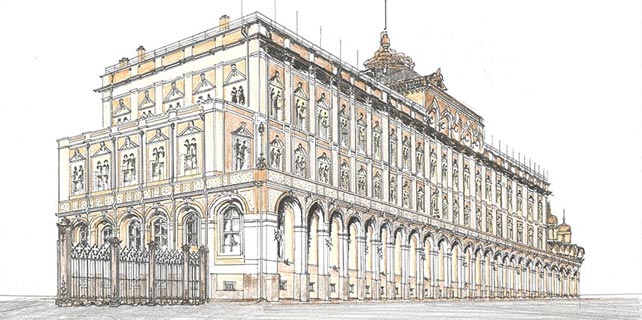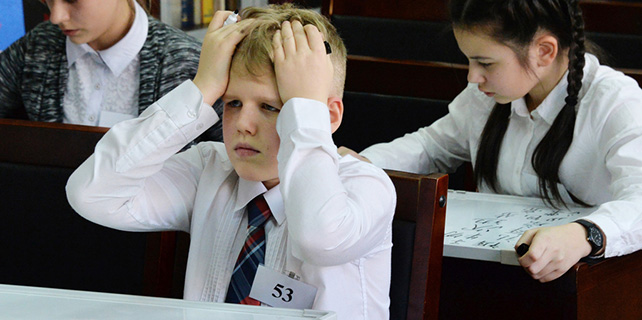A Chinese relic finds a new home in US
In China, family members were allotted rooms based on their status within the family. The older generation had better rooms than the younger generation, and older sons ranked higher than younger ones.
Unmarried daughters lived in upstairs rooms until they married and moved into their husbands' homes. Younger daughters often lived in rooms with their parents or grandparents.
Berliner and Wang also focused on showing a slice of life of the people living in the house. Objects are displayed, including cleaning towels and bedding, on a rotational basis to ensure the longevity of the objects.
"The house is so rich that everyone who comes here can find something that connects them. The core of this house is the idea of family, the idea of home," said Wang.
The PEM team studied the letters, photographs and family documents of the Huangs to learn how they lived in the house.
A household ledger lists expenditures by the family from 1922 to 1927. Among them, an ancestral portrait commissioned in December 1925 for one silver dollar and a pair of songbirds for three silver dollars in October 1922, and 20 copper cents spent on an operain February 1922.
Because Yin Yu Tang was a large house, people from more distant villages would spend the night there after military training during the cultural revolution. Chalk marks outside a room indicate that 16 women from a nearby village were assigned to sleep there.
Two small palm trees in the central courtyard didn't come from Huang Cun, but were donated by a local Salem resident of Chinese descent whose great-grandfather was one of the first Chinese sailors in the region. He wanted to honor his Chinese ancestry by donating the trees to the museum, and he visits Yin Yu Tang every two weeks to water them.
"The house is growing with us here. How people interact with it actually adds to the history of the house," said Wang.
Each year Yin Yu Tang receives about 50,000 visitors. Nearly one million have visited the Chinese house since it opened. Entrance to the PEM is $20, and admission to Yin Yu Tang is an additional $6.
Wang and Berliner have led many tours of the house.
Berliner once welcomed a Huang descendant to the house who worshiped his ancestors and visited the bedroom where his parents got married. The marriage furniture is still there.
"He said to me over and over again that it's such a wonderful way to preserve the house and the family history," said Berliner.
"It's gratifying to see Americans, non-Chinese suddenly have a sense of Chinese people's lives and histories and culture. It's also gratifying to see Chinese visitors feel that the house has preserved a time and a type of space of Chinese culture," she said.
Contact the writers at hezijiang@chinadailyusa.com










